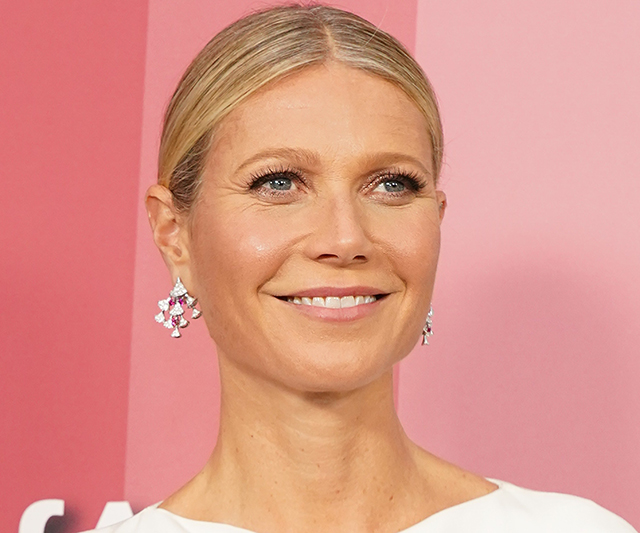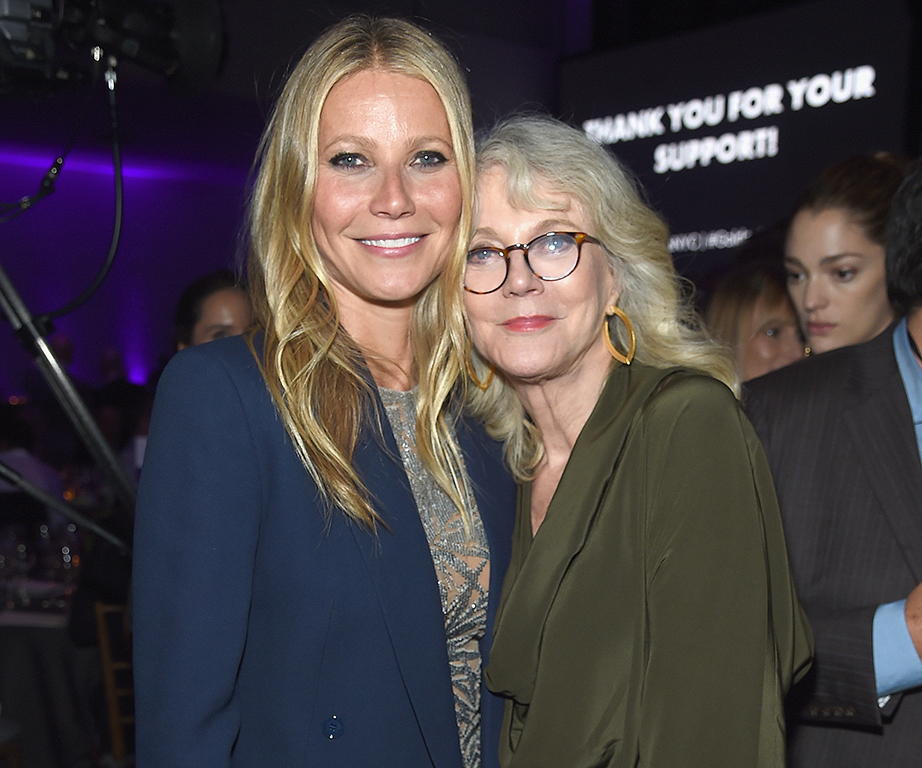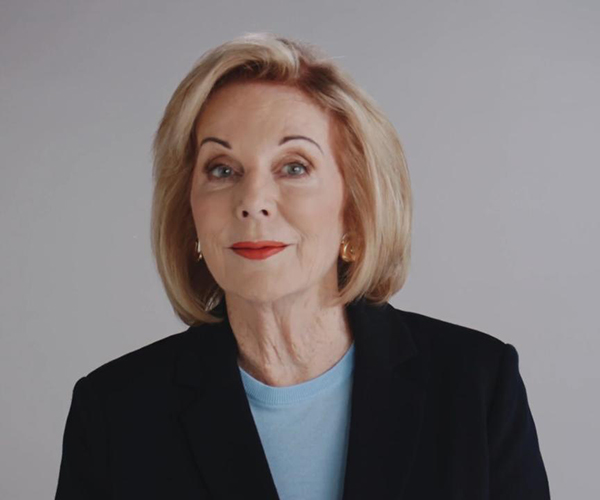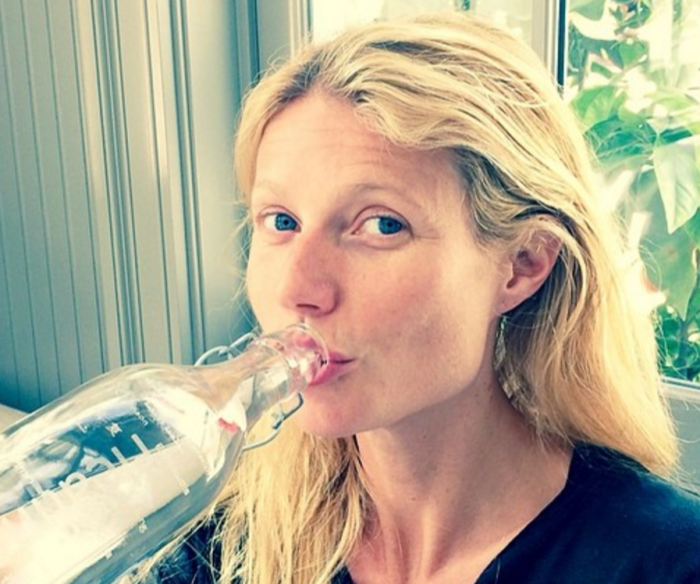Lots of days hold special significance, but Sunday 20 October is particularly important because it’s a day dedicated to raising awareness of osteoporosis.
Many people write off osteoporosis as an “old ladies disease”, but the reality is, it often affects women (and men) aged 50 and over — just a reminder: Jennifer Aniston, Jennifer Lopez and Gwen Stefani all turned 50 this year and they definitely don’t fall into the old lady category.
It’s assumptions like this, and believing you’re not at risk of osteoporosis — only 22 per cent of Aussie women consider themselves at risk of developing osteoporosis, even though the number is much higher — that makes a global day designed to raise awareness even more essential.
Here are four important reasons to pencil World Osteoporosis Day into your diary.
1. Osteoporosis affects 28 million Australians
It’s estimated that over 200 million people suffer from osteoporosis globally, with 1.28 million Aussies affected by the condition.
When you factor in that a further 6.3 million Australians are affected by osteopenia — a low bone density condition that can lead to osteoporosis — which Gwyneth Paltrow has opened up about suffering from, it’s clear to see that weak bones are a far-reaching problem.
Despite its prevalence, many women don’t believe they’re at risk of osteoporosis, or know how simple it is to diagnose.
All it takes is a quick bone density scan, which can be organised through your doctor. So don’t wait for a fracture or a fall to see if you have it, be proactive and book a scan today.
2. Osteoporosis can sneak up on you
Osteoporosis is a bit of a sneaky condition — it’s often not immediately obvious that you have it, or that your bones are becoming more porous than normal.
Most people show no signs or symptoms of having osteoporosis until the first break, which has led to it being nicknamed the “silent disease”.
This is why it’s especially important that women and men of all ages are aware of the chronic condition and its risk factors.
These include menopause (the rapid drop in hormone levels leads to earlier bone loss), ageing and certain medications, such as therapy for prostate cancer.
Discover if you’re at risk of osteoporosis using this quick online quiz.
3. Mammograms are a part of life, but bone scans aren’t
It’s drilled into us that mammograms and pap smears are vital — they definitely are; breast cancer mortality has decreased since BreastScreen Australia introduced its national screening program — but we don’t have to stop there.
A bone density scan (DEXA) takes less than 30 minutes and is the most reliable way to measure bone density and diagnose osteoporosis.
This World Osteoporosis Day we’re asking women who are over 50 and have had a fracture, or over 70 years old to take action and ask your doctor about a bone density scan.
4. Good news: osteoporosis is treatable
While it’s serious and can leave you immobile at times, osteoporosis is treatable.
There are a variety of medications that your doctor can prescribe to reduce the risk of fractures. The medications can be taken daily, monthly or every six months depending on the type of medication so it doesn’t need to impact your day-to-day life greatly.
A healthy lifestyle can also help to strengthen and support your bones, too. If you’re diagnosed with osteoporosis it’s recommended that you exercise daily — a fast walk, jogging, tennis and skipping are good exercises for your bones — take vitamin D and calcium supplements, avoid smoking and cut down on alcohol. (It’s important to note that these habits can’t prevent osteoporosis however.)
By sharing that it’s a treatable chronic condition, it’s hoped that more people will seek an early diagnosis and start treating osteoporosis before a major fall. So spread the word this Sunday and beyond!




